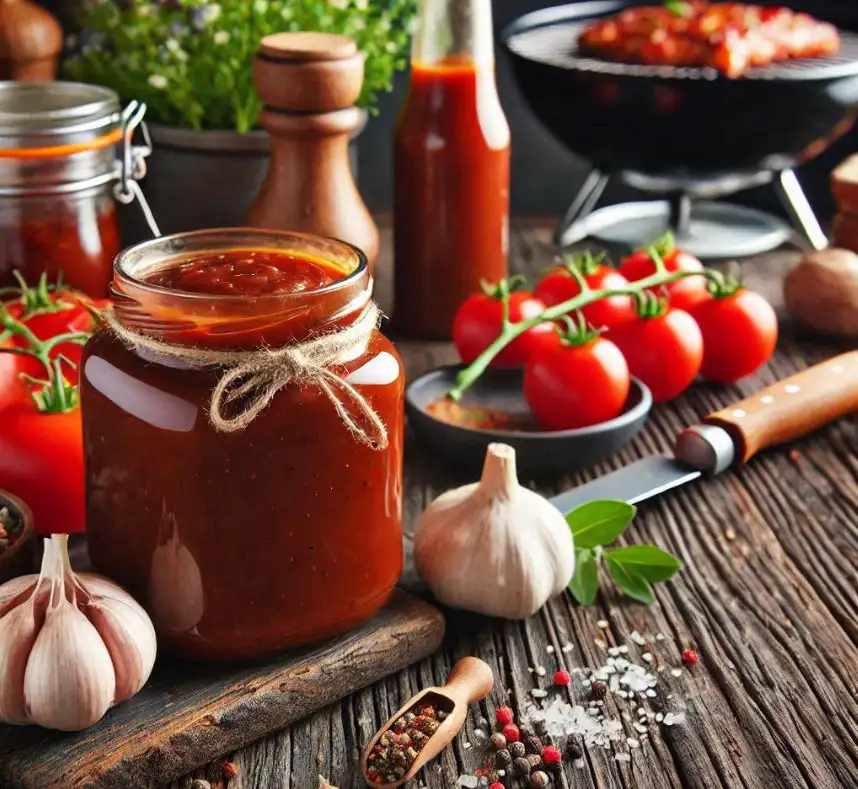The culinary landscape of the 18th century is filled with fascinating flavors and traditions, among which pepper sauces held a notable position. These sauces, rooted in the use of cayenne pepper and other spices, became a staple in English and colonial American kitchens. Let’s dive into the history, recipes, and cultural significance of 18th-century pepper sauces.
The Introduction of Hot Peppers to England
Hot peppers, including cayenne peppers, made their way to England from Spain by the mid-16th century. By 1548, they were being cultivated in English gardens. Early references to these “Guinea peppers” and cayenne pepper appear in 17th-century English texts. Nicholas Culpeper, an English botanist and herbalist, described cayenne pepper in his 1653 work, The Complete Herbal, highlighting its fiery taste and potential medicinal benefits. He noted that powdered cayenne could replace black pepper for seasoning meat or broth, providing both flavor and health benefits like relieving colic.
Pepper Sauce in the 18th Century
By the 18th century, cayenne pepper was a cherished ingredient in English cuisine. Elizabeth Raffald’s The Experienced English Housekeeper (1769) frequently mentions “Chyan pepper,” reflecting its widespread use. Raffald’s recipes demonstrate cayenne pepper’s versatility in sauces and seasonings, emphasizing its role in elevating dishes with heat and flavor.
One popular preparation was cayenne vinegar, made by bruising a pod of cayenne pepper and steeping it in vinegar. This condiment was ideal for adding a spicy kick to salads and meats.
Recipes from the Era
The 18th century was marked by a variety of recipes utilizing cayenne pepper and other spices. These included:
1. Cayenne Essence
- Ingredients: 1/2 ounce cayenne pepper, 1/2 pint brandy or wine
- Preparation: Steep cayenne pepper in brandy or wine for two weeks. Strain to obtain a concentrated essence. This preparation was used to season soups, sauces, and gravies.
2. Chili Vinegar
- Ingredients: Fresh chilies, 1 pint vinegar
- Preparation: Infuse pounded or halved chilies in vinegar for two weeks. This was favored for seasoning fish and salads.
3. Piquante Sauce
- Ingredients: Horseradish, mustard, eshallots, celery seed, and cayenne pepper
- Preparation: Combine ingredients in vinegar for a tangy, spicy relish for cold meats and fish.
Cultural Significance
Pepper sauces were not merely culinary innovations; they reflected broader social and cultural trends. Spicy condiments became a hallmark of the dining tables of the wealthy, featuring prominently in private clubs and aristocratic households. Clarence’s Cayenne Sauce, introduced in the mid-19th century, exemplifies the demand for such condiments, advertised as a must-have for enhancing roasts, game, poultry, and fish.
The Legacy of 18th-Century Pepper Sauce
The popularity of pepper sauces persisted into the 19th century and beyond, influencing modern hot sauces and spicy condiments. These historical recipes not only reveal the evolving tastes of the period but also challenge the misconception that historical English cuisine lacked bold flavors.
Today, recreating these 18th-century recipes offers a window into the culinary past, showcasing how spices and peppers transformed the flavor profiles of the time.
For those intrigued by 18th-century cooking, exploring these recipes provides a delightful connection to history. Whether you’re a culinary historian or a home cook looking to spice things up, 18th-century pepper sauce is a fiery journey worth taking.

